Coalition and SDF thwart Syrian ‘pro-regime’ forces attack in Deir Ezzor
Coalition air and artillery strikes reportedly killed over 100 pro-regime fighters
Updated February 8
U.S.-led Coalition forces and partnered Syrian Democratic Forces carried out air and artillery strikes in response to what appears to be a coordinated attack on the SDF near the deconfliction line east of the Euphrates river in Deir Ezzor, Syria, a Coalition spokesperson said on Thursday.
“Pro-regime forces initiated hostilities with artillery pieces (D-30/M-30 type). Additionally, Syrian pro-regime forces maneuvered T-55 and T-72 main battle tanks with supporting mortar fire in what appears to be a coordinated attack on Syrian Democratic Forces approximately 8 kilometers east of the Euphrates River de-confliction line in Khusham, Syria,” CJTF-OIR Public Affairs Officer Colonel Thomas F. Veale told The Defense Post in an emailed statement.
“Syrian pro-regime forces moved in an approximate battalion-sized dismounted formation supported by artillery, tanks, multiple-launch rocket systems and mortars.”
The SDF and Coalition responded “with a combination of air and artillery strikes” after 20-30 artillery and tank rounds landed within 500 meters of the SDF headquarters.
Late Wednesday, the Coalition said it had responded to an “unprovoked attack” on a well-established SDF headquarters.
“In defense of Coalition and partner forces, the Coalition conducted strikes against attacking forces to repel the act of aggression against partners engaged in the Global Coalition’s defeat-Daesh mission,” the Coalition said in a brief statement.
Veale said the attack began on Wednesday and continued into Thursday.
Coalition service members were co-located with the SDF at the time, but none were injured. One SDF member was injured.
Veale said the Coalition could not speculate on “the exact make-up of the Syrian pro-regime forces” and did not have the number of casualties. Earlier, Reuters reported a U.S. official as saying that 100 were killed.
“Pro-regime vehicles and personnel who turned around and headed back west were not targeted,” Veale said.
Update At the start of the engagement, “Coalition aircraft including F-22A Raptors and MQ-9B Reapers, were overhead providing protective overwatch, defensive counter air and [intelligence, surveillance and reconnaissance],” U.S. Air Force Central Command spokesman Lieutenant Colonel Damien Pickart told Military.com.
After a call for support “a variety of joint aircraft and ground-based artillery responded … including F-15E Strike Eagles,” Pickart said in a statement. “These aircraft released multiple precision-fire munitions and conducted strafing runs against the advancing aggressor force, stopping their advance and destroying multiple artillery pieces and tanks.”
Military.com also reported an unnamed defense official as saying that U.S. Air Force AC-130 gunships, U.S. Army Apache helicopters and U.S. Marine artillery ground forces also engaged.
Well-established SDF location
The Coalition said Wednesday that the SDF headquarters was “well-established.”
On September 25, several SDF members were killed and injured after strikes on the Conoco gas plant which lies roughly between Khusham and Tabiya. A Coalition spokesperson later told The Globe Post that Syrian government forces had carried out artillery strikes in the vicinity.
Veale said Thursday that the Coalition had been observing a slow buildup of pro-regime forces over the past week, and had alerted Russian officials to the SDF presence “well in advance of the [pro-regime forces] attack.”

Coalition and Russian officials were in regular communication before, during and after the attack, and Russian officials said they would not engage the Coalition in the vicinity.
“We suspect Syrian pro-regime forces were attempting to seize terrain SDF had liberated from Daesh in September 2017,” he said, using an Arabic acronym for Islamic State.
They “were likely seeking to seize oilfields in Khusham that had been a major source of revenue for Daesh from 2014 to 2017,” Veale said.
The town of Khusham is itself held by the Syrian government, and there are multiple oil and gas fields surrounding it.
Update In a statement, the Russian defense ministry said that “a pro-government militia unit, conducting surveillance and research activities near the al-Isba oil refinery (17 kilometers southeast of the Salhiyah settlement) to eliminate a militant group shelling the positions of government troops, was shelled with mortars and multiple-launch rocket systems.”
“The attack was followed by an air raid by the US-led coalition’s helicopters. As a result, 25 Syrian militiamen suffered wounds,” the statement said.
The ministry said the militia unit had not informed the Russian operational group in Salhiyah about plans for its operation.
Russia has previously said that any attempts to fire on Russian or Syrian troops near Deir Ezzor from areas controlled by the SDF and their Coalition advisors would result in immediate retaliation.
Pro-regime forces
Syria’s SANA said on Thursday that the Coalition attacked the Popular Front for the Liberation of Palestine in the southern town of Khusham and Tabiya in the north of the country. The PFLP General Command has sided with the Syrian Arab Army during the civil war.
Syrian state television carried statements calling the Coalition actions “a new aggression” and “attempt to support terrorism,” according to Reuters. Ikhbariya reported dozens of dead and wounded pro-regime fighters.
Reports of the build-up were shared by Syria watchers on social media prior to the attack on Wednesday, with some reporting large numbers of both pro-regime and Russian “reinforcements” along the Euphrates river.
Another pro-regime force known to be in the area previously is the ISIS Hunters, a paramilitary special forces unit in the Syrian Arab Army. On September 18, the ISIS Hunters claimed on social media that its troops had crossed and captured Marrat, Sabhah and Mazlum, and later that they had taken positions near Khusham.
#VIDEO: #ISIS_Hunters traverse #Euphrates 09.18 early morning and liberate east bank of the river CLICK FOR MORE: https://t.co/FD1Owhw2a5 pic.twitter.com/Yn27RRswFL
— ISIS Hunters (@ISIS_Hunters) September 18, 2017
A Coalition spokesperson later confirmed that Russian and Syrian government forces had crossed the Euphrates river near Deir Ezzor, near the SDF location that was bombed on September 25.


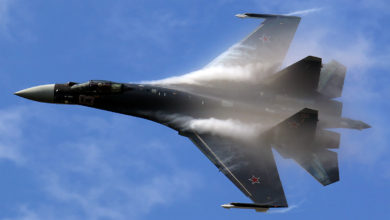


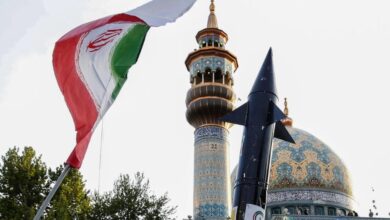
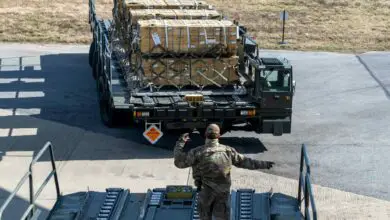
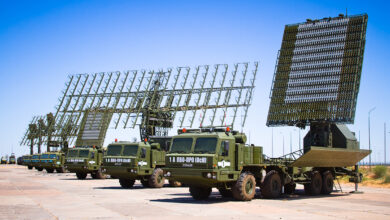
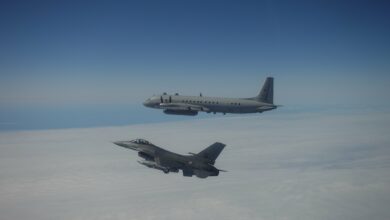
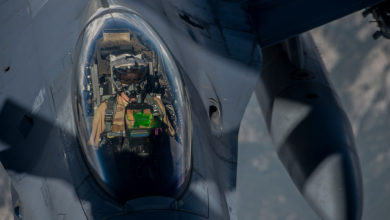
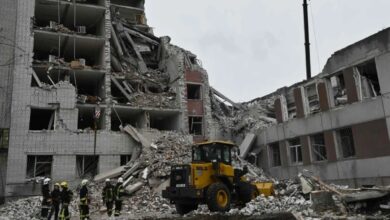
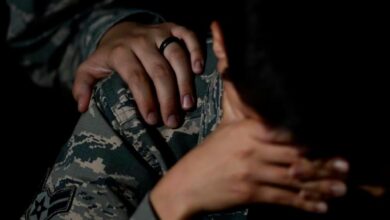
8 Comments